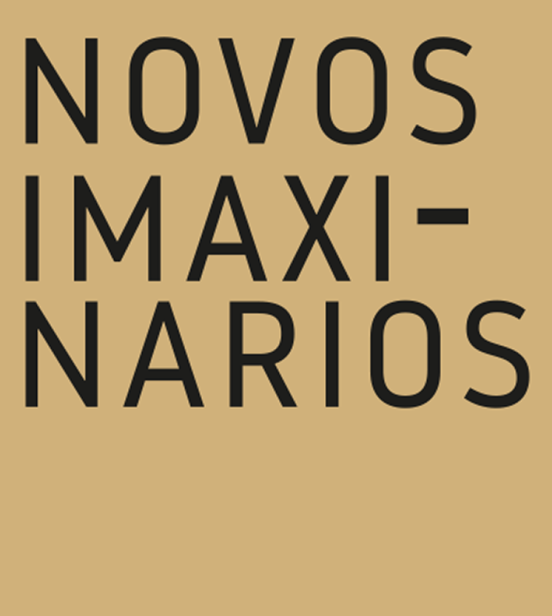Engade aquí o teu texto de cabeceira
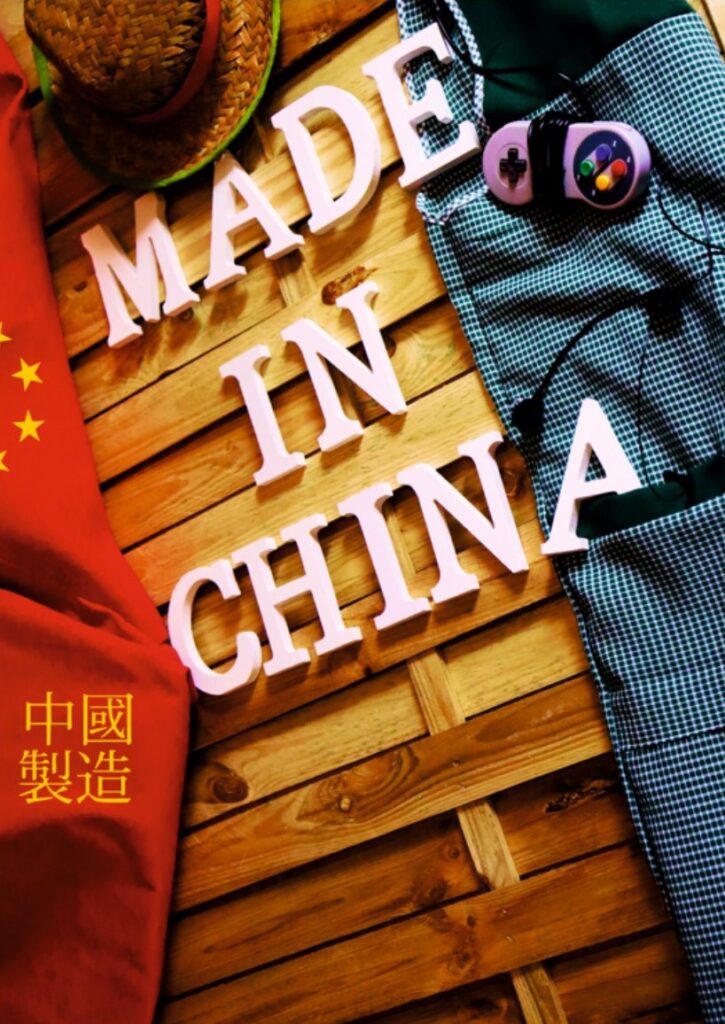
Ethnological Museum of Ribadavia
Sound design and implementation. Creation of interactive sound and visual «artifacts»
Made in China reflects the historical evolution of the relationship between Galicia and China, from early trades along the Silk Road to direct arrivals via the Manila galleon. These goods adapted to European tastes and sparked cultural interest. In the 20th century, China's image shifted from exoticism to poverty but also supported Galicia’s textile growth. Today, China is a global player with an active economic presence in Galicia.
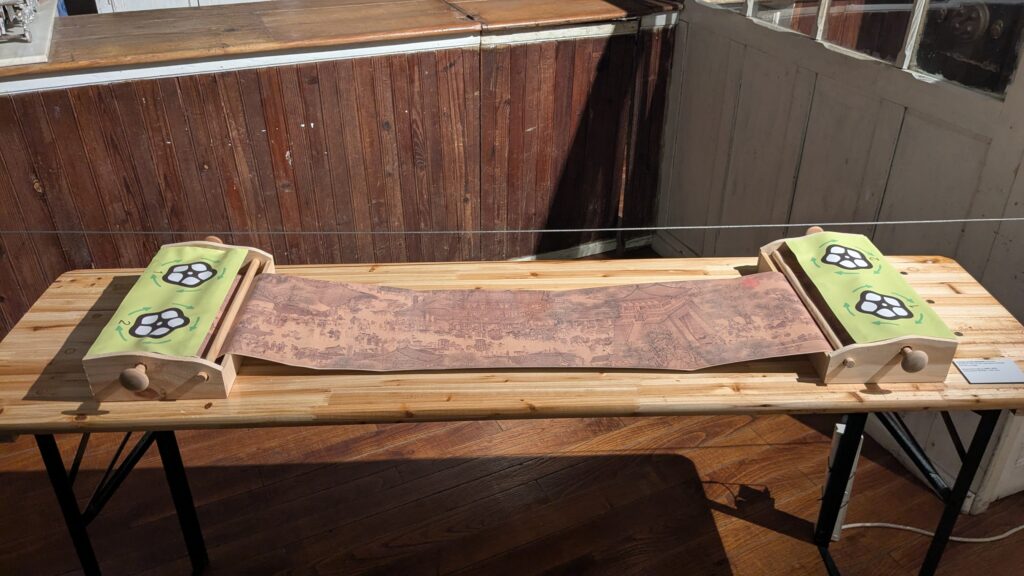
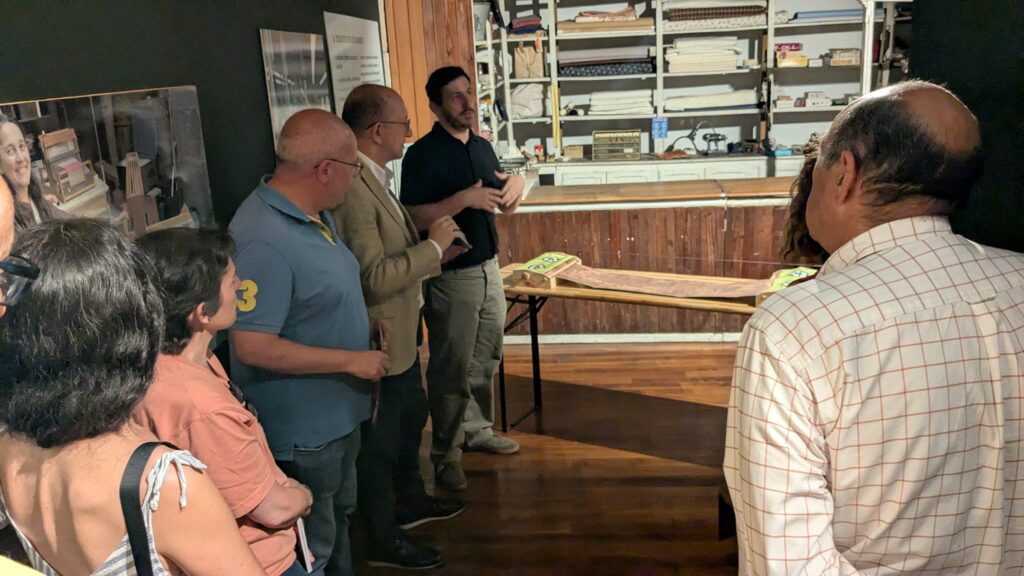
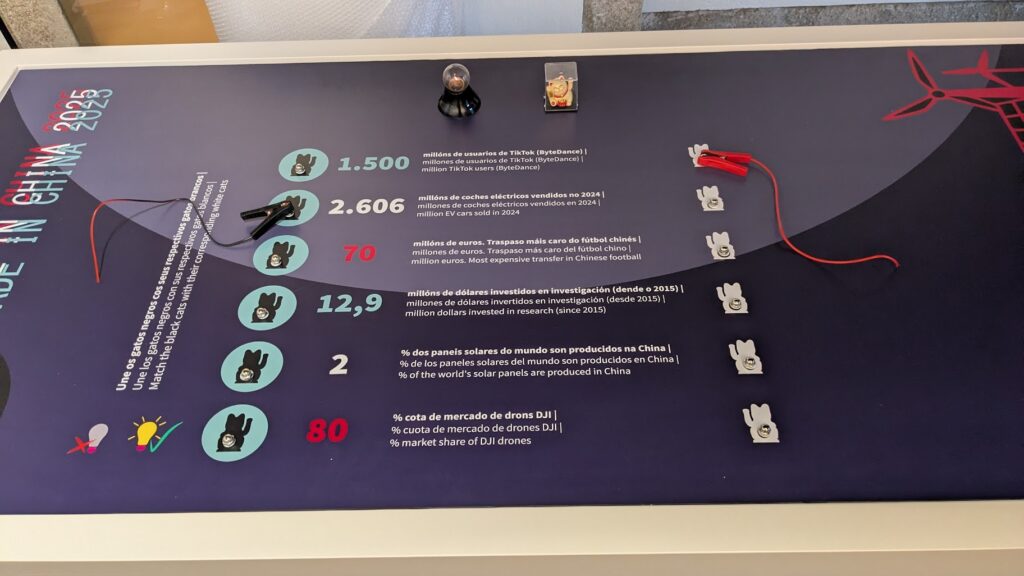
NOVOS IMAXINARIOS – OLIVER LAXE
Sound editing in 5.1 format for an audiovisual piece with 3 video channels. Temporary exhibition at the Galician Center for Contemporary Art.
Caída da noite:
Oliver Laxe revisits the raw footage from the beginning of O que arde to explore the complexity of these original materials. This unprecedented reworking of the material showcases the drive of anthropomorphized machines that devour trees in a devastating advance. There may be an element of political revenge in this assault on eucalyptus, but there is also a disquieting, primordial, and violent beauty.
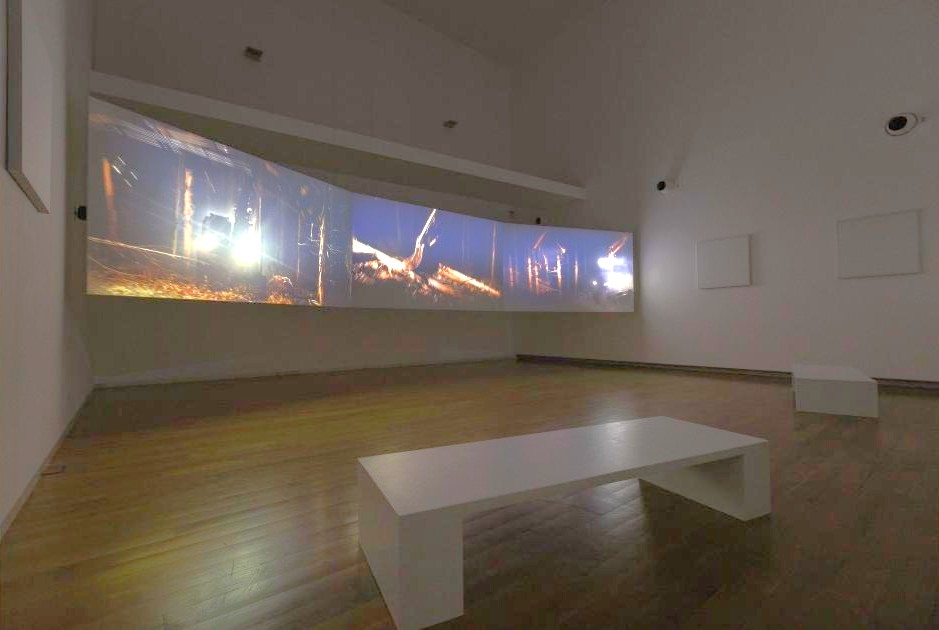
LAUREN MOFFATT
Implementation of immersive and interactive sound in an Augmented Reality app using the Audiokinetic Wwise middleware.
Local Binaries:
Every person you meet carries a world within them. What is yours like?
This was the question artist Lauren Moffatt posed to nine women from around the world to shape the outlines of the universe collectively written within Local Binaries. It is a virtual space that viewers can explore on a miniature scale through augmented reality.
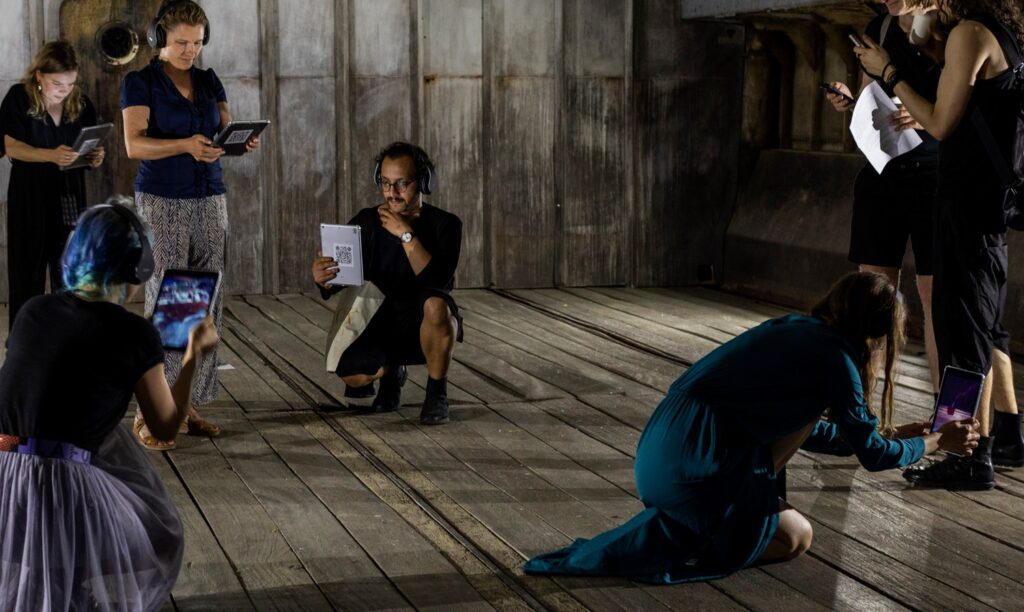
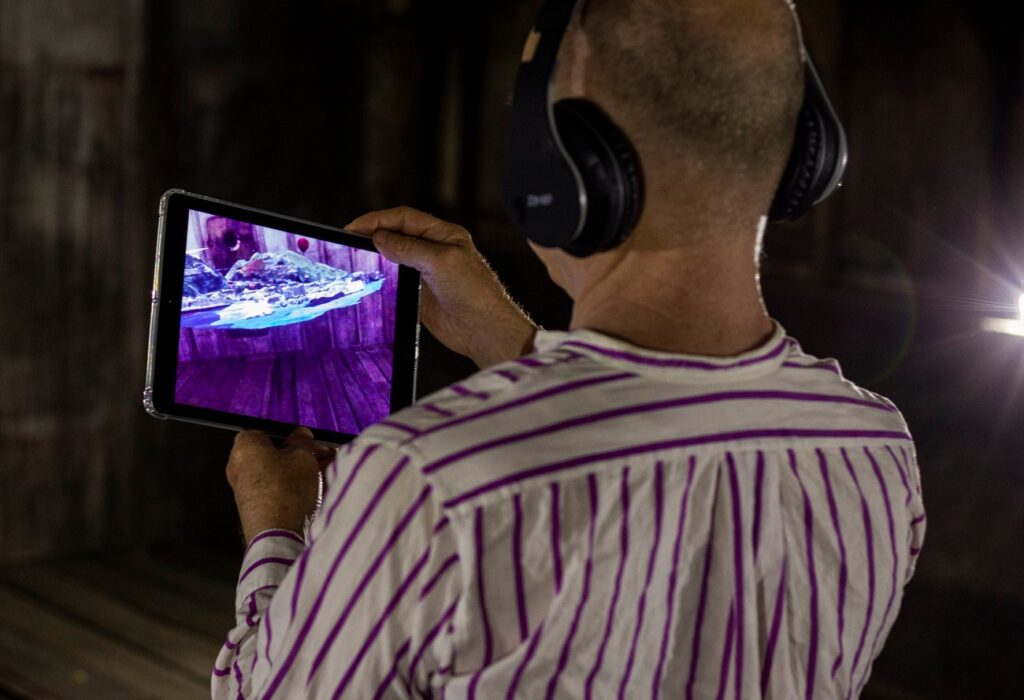

FUNDACIÓN UXÍO NOVONEYRA
Digitization, editing, restoration, and cataloging of poet Uxío Novoneyra's audiovisual archive.
Throughout the poet's life, a significant number of audiovisual recordings were made, ranging from school recitals to interviews and public speeches. Opinions, reflections, and thoughts on literature, politics, territory, and family were captured on various formats such as VHS, cassettes, and MiniDisc. This archive, comprising several dozen hours of audiovisual material, has now been digitized, restored, and cataloged for preservation.

PRISON ESCAPE - VIRTUAL REALITY
Creation and implementation of 3D immersive sound in Unity.
Historical reconstruction:
In the mid-1950s, an inmate at Horsens Prison (Denmark) traveled a narrow path he had been preparing for some time, leading him to freedom. Through this VR simulation, visitors can relive his journey in first person.

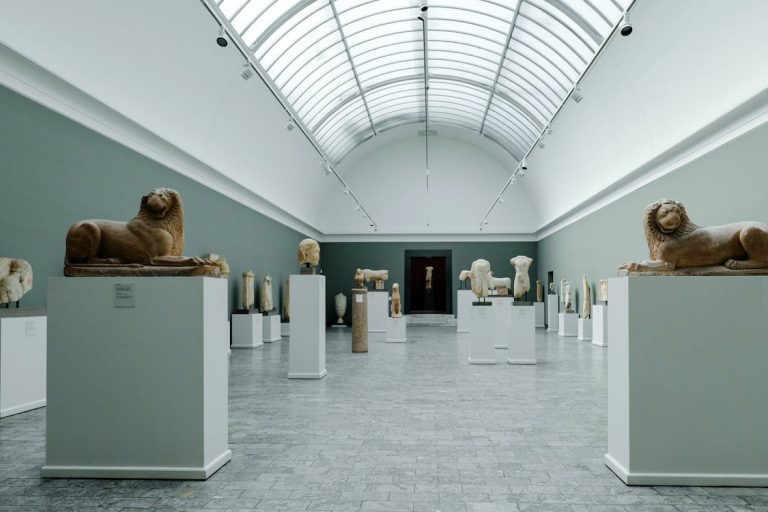
Al tratarse de sonido inmersivo e interactivo los visitantes pueden influir en el sonido y la música en tiempo real. Esto puede ser especialmente útil en exhibiciones interactivas o experiencias que requieren una respuesta auditiva.
These types of installations offer a wide range of possibilities to enhance the visitor experience in exhibitions and museums. From creating three-dimensional environments to establishing emotional atmospheres, sound technology can be used in many ways to help visitors connect more deeply with the history and content presented in an exhibition setting.
Practical example of use:
- Exhibition area:
- Museum of the canning industry of a coastal village.
- Rectangular space of approximately 20m x 30m.
- The exhibition consists of machines and tools used in the early days of the canning industry, arranged around the exhibition area and accompanied by explanatory panels.
- Sound system:
- A system of 6 loudspeakers is distributed throughout the exhibition area and connected to the sound matrix.
- Buttons are provided on some machines and proximity or motion sensors on other machines or utensils, connected to the sound matrix.
- Sound Design
- A surround atmosphere of a late 19th century canning industry is created with sounds typical of this type of space and of the locality and surrounding areas: sounds of fish loading, transport, the sea and people, among others.
- By pressing buttons or sensors placed throughout the exhibition, the user will trigger sounds positioned within the 3D sound space. For example, they can activate the sound of a specific machine, and thanks to the arrangement of speakers and the spatialization of sound design, the machine will be heard in its corresponding location, providing a sense of presence and immersion.
- A surround atmosphere of a late 19th century canning industry is created with sounds typical of this type of space and of the locality and surrounding areas: sounds of fish loading, transport, the sea and people, among others.
Sound design for:
- History museums
- Ethnographic museums
- Natural museums
- Industrial museums
- Experimental exhibition spaces
- House-Museums
- Any exhibition and museum space
Sound system and equipment:
- Surround sound system with a number of speakers and arrangement to match the space, technically positioned to also offer object-based 3D sound
- Presence and motion sensors
- Selectors
- Buttons and joysticks
- Contact microphones

